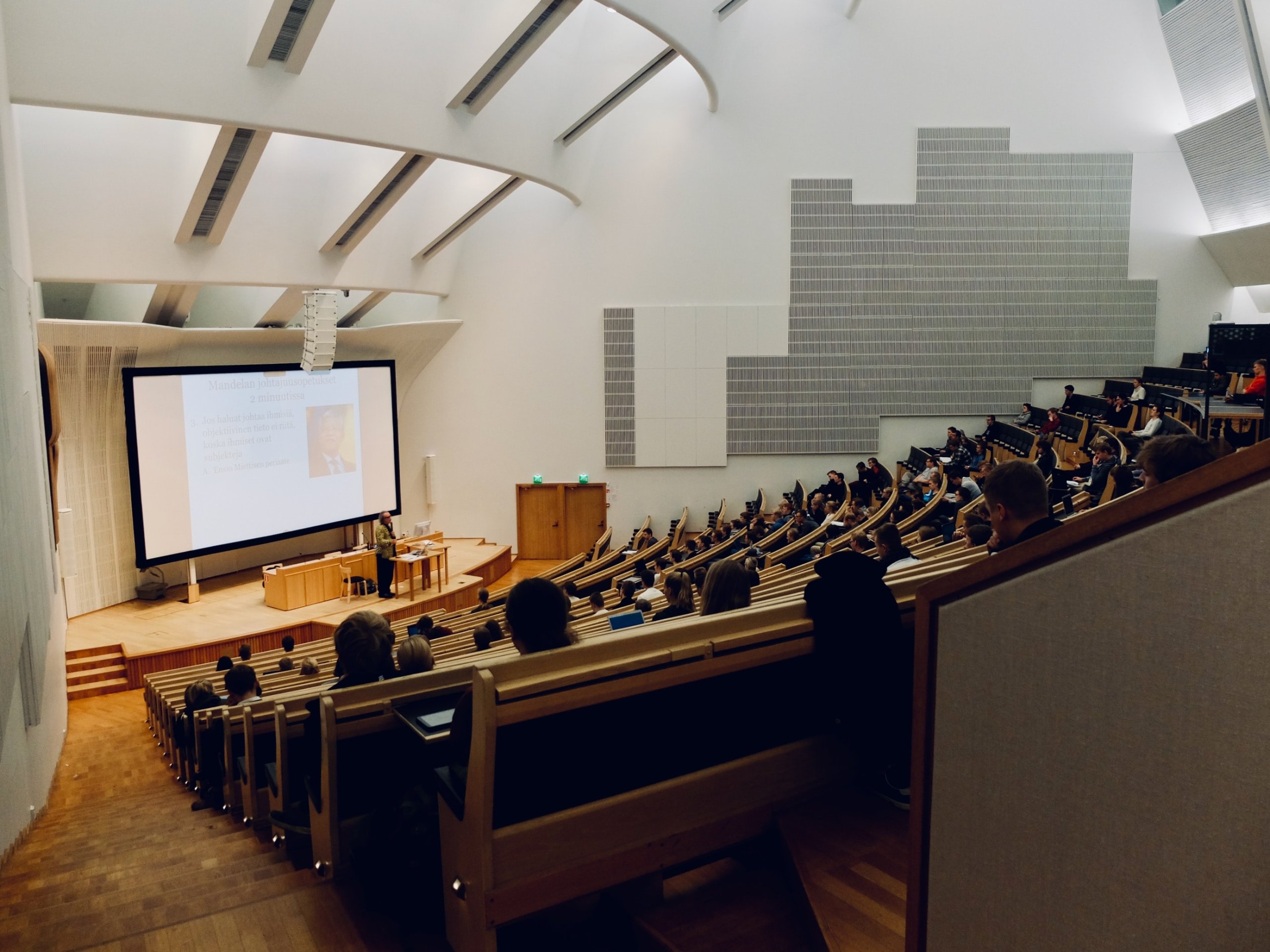
It’s a relentless truth that the main goal of universities is to empower students. Rather, what distinguishes universities from other educational bodies is their focus on the empowerment of the individuals that universities nurture and nourish.
Before diving further into ‘how should’ and ‘how can’ universities possibly empower students, it is indispensable to first understand what (this apparently fancy term) empowerment means. Empowerment, in the context of andragogy, is closely attributed to the ideals of ‘self-efficacy’, ‘self-sufficiency’, and eventual ‘self-creation’ on the part of the individual who goes through rigorous chiseling at the furnaces called universities.
Empowerment, therefore, render the individual student an agency, a defined control over his/her own life – a force that triggers positive change not only in the individual himself/herself but also in his/her immediate milieu. Thus, the empowerment becomes contagious as it turns into a springboard of ‘positive change’ via means of ‘positively challenging the self’ to acquire control/agency.
This agency/control is what the universities must transmit in their students to make them mindful of their responsibilities towards themselves and their communities likewise. Such empowered individuals would procure the ability to evaluate varied perspectives by appreciating them for their comparative efficacy. It is therefore crystal clear that empowering their students should be a worthy goal for the universities.
Now, let us diver into the top 3 strategies that universities should try to empower their students:

Top strategy number one
The need to reroute the ways university instructors exhibit their power to teach and micromanage their students. It is thus high time that university instructors stop micromanaging their students and give their students greater control and choice in the learning process. Students thus are taken as major stakeholders in designing the learning process where they have the choice to suggest how they should be taught to maximize the learning output as well as to facilitate the attitude of ‘I can do on my own’ in the student body.
Top strategy number two
Trust the students, without which our suggested strategy number one cannot work. A sense of trust in the student’s ability to design their own learning process would not only create a trusting environment but also build capabilities and empower students to manage their lives in the future. Thus, building a relationship of trust in students’ abilities is at the heart of university teaching, only then the ideation of an empowered individual would become a possibility.
Top strategy number three
Integrate community participation in the learning process at the universities where students get great chances to interact with their fellows and work in collaboration to see how the route to collective empowerment leads to individual empowerment.
It is thus essential that universities switch to a model of learning that is student-centric – one in which the students are given ample chances to explore and design activities on their own. Resultantly, the students would develop the ability to gain trust in their own abilities, polish their abilities with the aid of their instructors and become independent and self-efficient individuals.






